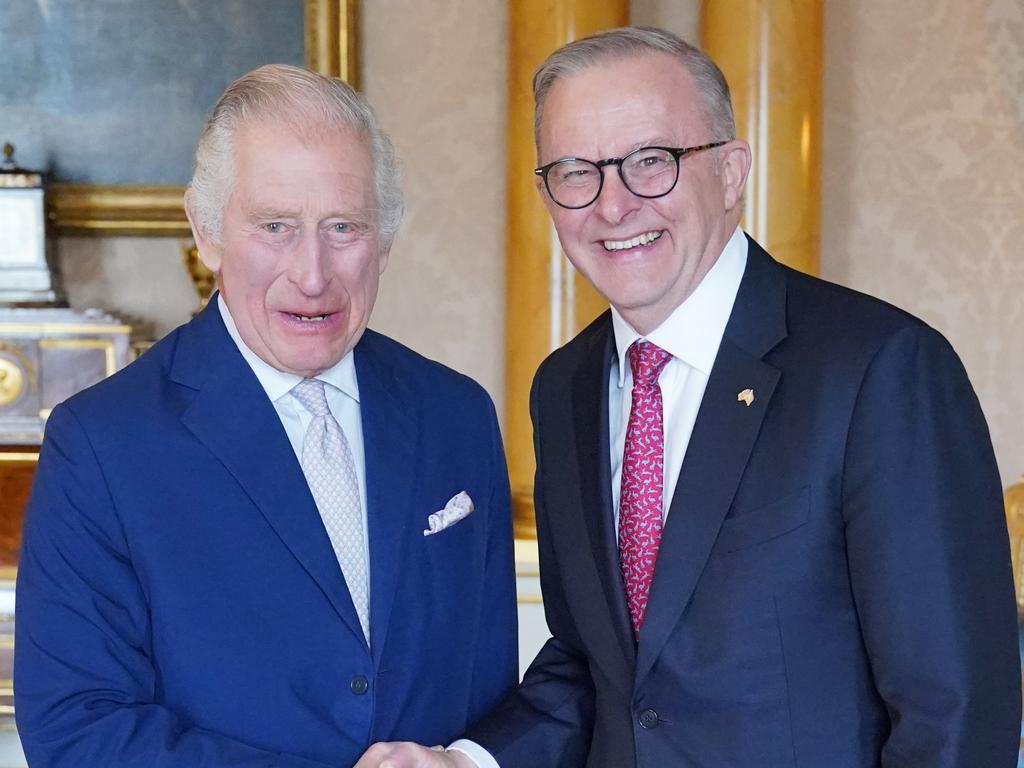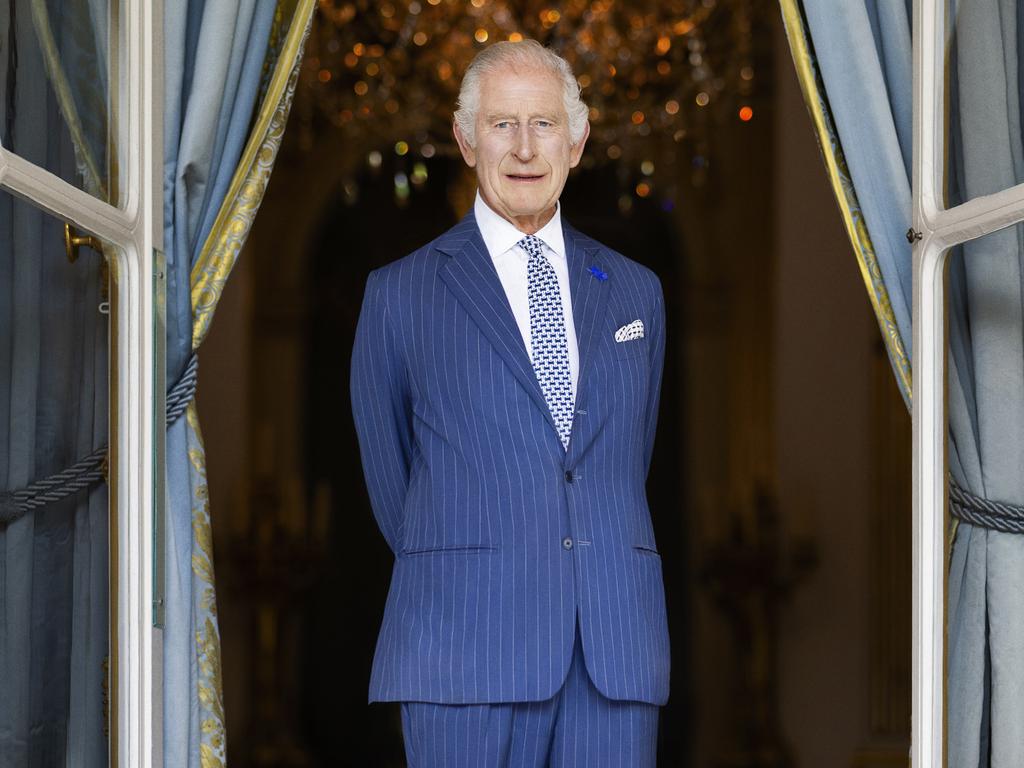Buckingham Palace returns to the old opaque playbook
When the Palace announced that King Charles had a benign enlarged prostate, it appeared to mark a new era of transparency. But all that has changed with his cancer diagnosis.

When the Palace announced last month that King Charles, 75, had a benign enlarged prostate, it appeared to mark a new era for an institution not hitherto known for its transparency.
In January much was made of the King wishing to share the diagnosis of an enlarged prostate. The statement from Buckingham Palace explained this new openness, saying: “In common with thousands of men each year, The King has sought treatment for an enlarged prostate.
“His Majesty’s condition is benign and he will attend hospital next week for a corrective procedure. The King’s public engagements will be postponed for a short period of recuperation.”
It was the King’s wish, aides said, that by sharing details of his condition he might encourage other men experiencing the same symptoms to seek medical advice.
As a result, Public Health England recorded a surge in traffic to its website, which lists the symptoms of the condition. The King, and his team at Buckingham Palace, received plaudits for being so open. Was this a new era of openness in the house of Windsor? Not necessarily.
This week there was a very different story. This time it was a much more serious condition. Protocols were in place to inform a range of the world leaders and the statement was more opaque.
They announced that the King had cancer but refused to be drawn on what precise form of cancer it was, beyond saying that it was not prostate cancer. There was also no information about what treatment the King would be receiving.

Yet by choosing to be open one minute and not the next, they may well inspire unwanted speculation. The King wishes to keep details private, aides say, which is perfectly understandable. There may also an unexpected benefit to not revealing all the details. By not narrowing his announcement down to one form of cancer, the King is arguably throwing his arms around everyone with any variation of the life-threatening disease.
This strategy, however, runs the risk of leaving many people to assume that the King’s condition is more sinister than the Palace is letting on. Or, worse, that in releasing some information but not all of it, they are hiding something.
The Palace has not ruled out revealing more details of the King’s condition in future, but that seems unlikely. What we know of recent royal history is that certain conditions may be divulged and others not.
Former palace aides mutter that they were always very open about Prince Philip’s ill health over the years. They point to a public announcement in 2011, when Philip was flown to hospital after suffering chest pains while the royal family was preparing for Christmas. An announcement said that he had been treated for a blocked coronary artery at Royal Papworth Hospital in Cambridgeshire and had been fitted with a stent.

Yet as the late Queen and Prince Philip got older, the Palace moved to a new position, saying that it would not “provide a running commentary” on the ill health of the increasingly frail monarch and consort. Instead, to maintain the dignity of the sovereign in her old age, there were merely several oft-repeated phrases. When the late Queen was forced to miss public engagements, for example, she was said to have “mobility issues”.
The most feared phrase, perhaps, was when the Palace said that either Philip or the Queen were “in good spirits”. It was not long before the expression came to have the same dread-inducing effect on royal correspondents as a beleaguered minister said to have the “full backing” of the prime minister, only to be ousted days later.
No doubt that will be something which, this time round, the Palace is keen to avoid.
The Times







To join the conversation, please log in. Don't have an account? Register
Join the conversation, you are commenting as Logout